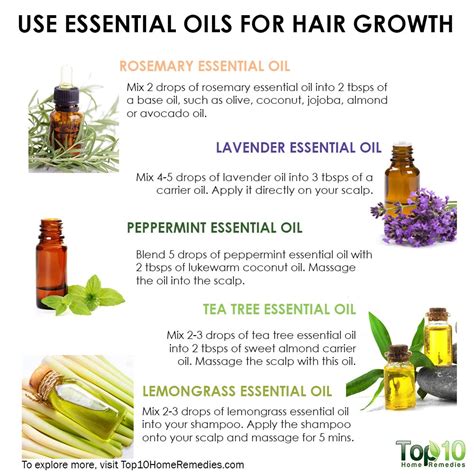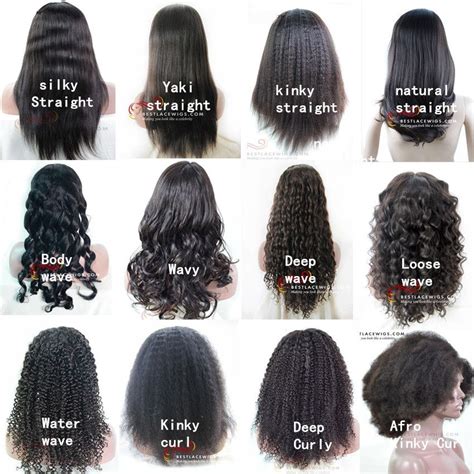
Hair for a Weave: 7 Essential Tips for Stunning Locks
Weaves are a versatile and beautiful way to add length, volume, and color to your hair. However, if you’re not careful, they can also damage your natural hair. To avoid this, it’s important to follow these seven essential tips.
1. Choose the Right Type of Weave
There are many different types of weaves available, so it’s important to choose one that’s right for your hair type and desired look. If you have fine hair, you’ll want to choose a weave that’s lightweight and won’t weigh your hair down. If you have thick hair, you can choose a weave that’s more voluminous.
2. Get a Professional Installation
It’s important to get a weave installed by a professional stylist. A professional will be able to ensure that the weave is installed correctly and that it doesn’t damage your natural hair.
3. Take Care of Your Weave
Once you have a weave installed, it’s important to take care of it properly. This includes washing and conditioning your hair regularly, brushing your hair gently, and avoiding heat styling.
4. Remove the Weave Properly
When it’s time to remove your weave, it’s important to do so properly. A professional stylist will be able to remove the weave without damaging your natural hair.
5. Give Your Hair a Break
After you remove your weave, it’s important to give your hair a break. This will allow your hair to recover from the stress of wearing a weave.
6. Avoid Over-Processing Your Hair
Over-processing your hair can damage it and make it more prone to breakage. Avoid chemical treatments, such as relaxers and perms, while you’re wearing a weave.
7. Get Regular Trims
Regular trims will help to remove split ends and keep your hair healthy.
There are many different types of hair that can be used for weaves. The most common types include:
- Human hair
- Synthetic hair
- Animal hair
Human hair is the most expensive type of hair, but it is also the most natural-looking. Human hair is also more durable than synthetic hair and can be styled with heat.
Synthetic hair is a less expensive option than human hair. Synthetic hair is not as natural-looking as human hair, but it is more affordable and can be styled with heat.
Animal hair is a more exotic option for weaves. Animal hair is not as common as human hair or synthetic hair, but it can be very beautiful. Animal hair is also more durable than human hair and can be styled with heat.
There are many benefits to wearing a weave. Some of the benefits include:
- Adds length to your hair
- Adds volume to your hair
- Can be used to create a variety of styles
- Can help to protect your natural hair from damage
Adds length to your hair: Weaves can be used to add length to your hair, regardless of your natural hair length. This can be a great way to achieve the long, flowing hair that you’ve always wanted.
Adds volume to your hair: Weaves can also be used to add volume to your hair. This can be a great way to create a more voluminous and glamorous look.
Can be used to create a variety of styles: Weaves can be used to create a variety of different styles, from sleek and straight to curly and voluminous. This makes them a versatile option for people who like to change their hair style often.
Can help to protect your natural hair from damage: Weaves can help to protect your natural hair from damage by acting as a barrier between your hair and the elements. This can be especially beneficial if you have fine or damaged hair.
Drawbacks of a Weave
There are also some drawbacks to wearing a weave. Some of the drawbacks include:
- Can be expensive
- Can be time-consuming to install and maintain
- Can damage your natural hair if not installed or maintained properly
Can be expensive: Weaves can be expensive, especially if you choose human hair. The cost of a weave will also vary depending on the length, volume, and style of the weave.
Can be time-consuming to install and maintain: Weaves can be time-consuming to install and maintain. The installation process can take several hours, and you will need to wash and condition your weave regularly.
Can damage your natural hair if not installed or maintained properly: Weaves can damage your natural hair if not installed or maintained properly. This is why it is important to get a weave installed by a professional stylist and to follow the care instructions provided by your stylist.
1. Choose the Right Hair Type: The first step is to choose the right hair type for your weave. There are three main types of hair used for weaves: human hair, synthetic hair, and animal hair.
- Human hair is the most expensive type of hair, but it is also the most natural-looking. Human hair is also more durable than synthetic hair and can be styled with heat.
- Synthetic hair is a less expensive option than human hair. Synthetic hair is not as natural-looking as human hair, but it is more affordable and can be styled with heat.
- Animal hair is a more exotic option for weaves. Animal hair is not as common as human hair or synthetic hair, but it can be very beautiful. Animal hair is also more durable than human hair and can be styled with heat.
- Get a Professional Installation: Once you have chosen the right hair type, you need to get a professional installation. A professional stylist will be able to ensure that the weave is installed correctly and that it does not damage your natural hair.
- Take Care of Your Weave: Once you have a weave installed, it is important to take care of it properly. This includes washing and conditioning your hair regularly, brushing your hair gently, and avoiding heat styling.
- Remove the Weave Properly: When it is time to remove your weave, it is important to do so properly. A professional stylist will be able to remove the weave without damaging your natural hair.
- Give Your Hair a Break: After you remove your weave, it is important to give your hair a break. This will allow your hair to recover from the stress of wearing a weave.
- Avoid Over-Processing Your Hair: Over-processing your hair can damage it and make it more prone to breakage. Avoid chemical treatments, such as relaxers and perms, while you are wearing a weave.
- Get Regular Trims: Regular trims will help to remove split ends and keep your hair healthy.
The best hair for a weave is human hair. Human hair is more natural-looking, durable, and can be styled with heat. However, human hair is also more expensive than synthetic hair.
Synthetic hair is a less expensive option than human hair. Synthetic hair is not as natural-looking as human hair, but it is more affordable and can be styled with heat.
Animal hair is a more exotic option for weaves. Animal hair is not as common as human hair or synthetic hair, but it can be very beautiful. Animal hair is also more durable than human hair and can be styled with heat.
The type of hair that you choose for your weave will depend on your budget, your desired look, and your lifestyle.
When choosing hair for a weave, there are several factors to consider:
- Hair Type: The first step is to choose the right hair type for your weave. There are three main types of hair used for weaves: human hair, synthetic hair, and animal hair.
- Human hair is the most expensive type of hair, but it is also the most natural-looking. Human hair is also more durable than synthetic hair and can be styled with heat.
- Synthetic hair is a less expensive option than human hair. Synthetic hair is not as natural-looking as human hair, but it is more affordable and can be styled with heat.
- Animal hair is a more exotic option for weaves. Animal hair is not as common as human hair or synthetic hair, but it can be very beautiful. Animal hair is also more durable than human hair and can be styled with heat.
- Hair Length: The next step is to choose the right hair length for your weave. The length of the weave will depend on your desired look. If you want a long, flowing weave, you
